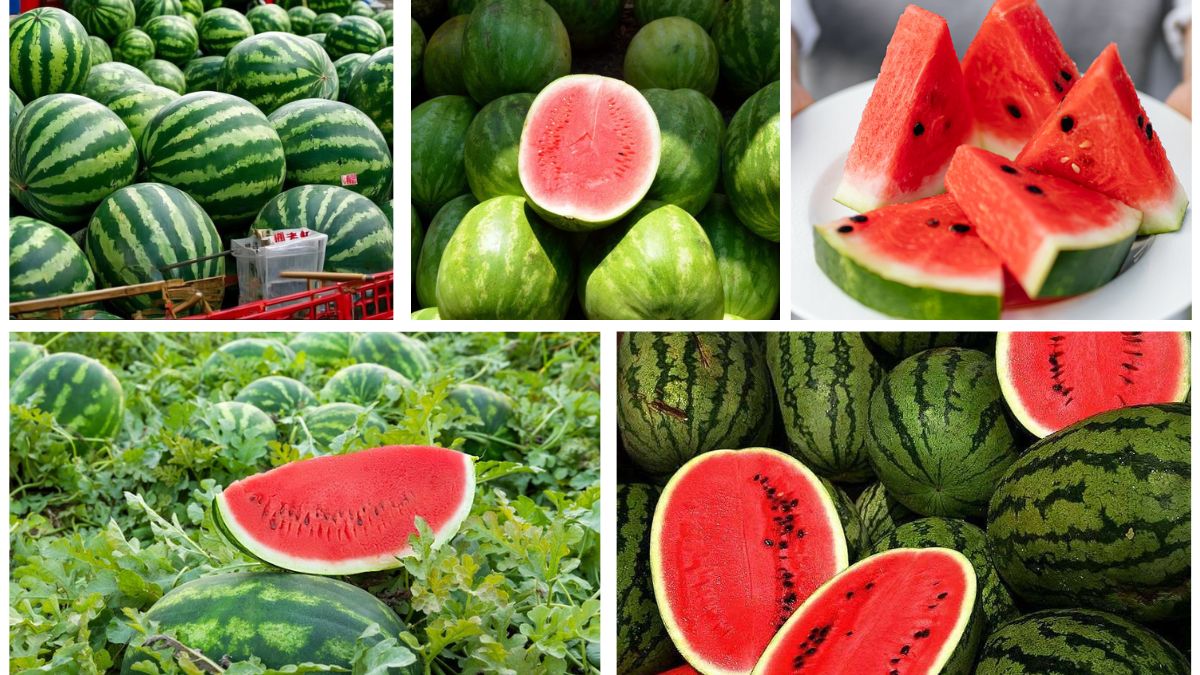Watermelon, the juicy summer staple loved around the globe, is more than just a refreshing fruit—it’s also a major agricultural commodity with enormous international trade value. Known for its sweet taste, high water content, and vibrant red flesh, watermelon (Citrullus lanatus) has gained immense popularity not only for direct consumption but also for juices, desserts, and health-focused diets.
But beyond being a picnic favorite, watermelon plays a crucial role in the global fruit market. While many countries cultivate it, only a few dominate international trade. So, which country leads as the world’s top watermelon exporter?
The answer is Spain. For years, Spain has held the crown as the largest watermelon exporter in the world, thanks to its strategic geography, advanced farming methods, and powerful distribution networks. Let’s dive deeper into how Spain dominates this global market, who its competitors are, and what drives the international demand for this beloved fruit.
Spain: The Global Leader in Watermelon Exports
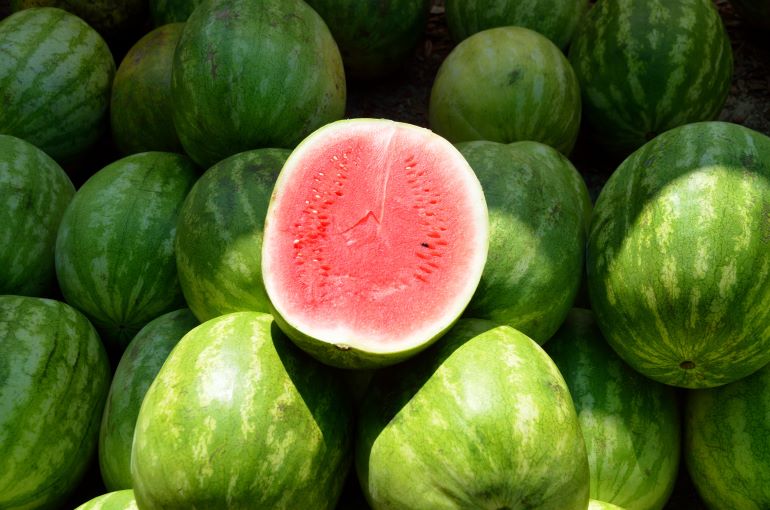
Spain is widely recognized as the world’s top exporter of watermelon, supplying millions of tons to international markets every year. Its dominance is fueled by its ability to produce large quantities of high-quality fruit and transport it efficiently across Europe and beyond.
Key Highlights of Spain’s Watermelon Industry:
- Export Volume: Spain exports more than 800,000–1,000,000 tons of watermelon annually, accounting for a significant share of global watermelon exports.
- Primary Markets: Spain’s main export destinations include Germany, France, the United Kingdom, the Netherlands, and Scandinavian countries. Germany alone consumes a massive share of Spanish watermelons.
- Cultivation Regions: Andalusia, Murcia, and Almería are the main production hubs, blessed with favorable Mediterranean climates.
- Harvest Seasons: Spain can supply watermelons from April to September, giving it an edge over competitors by offering an extended production window.
Spain’s dominance in watermelon exports is not a recent development—it has been carefully built through decades of agricultural expertise and a strong commitment to serving European markets.
Why Spain Dominates the Watermelon Export Market

Several key factors explain why Spain continues to lead the global watermelon export industry:
1. Strategic Location in Europe
Spain’s proximity to major consumer markets like Germany and France gives it a logistical advantage. With well-developed road and shipping networks, watermelons can be transported quickly, maintaining freshness and quality.
2. Advanced Farming Practices
Spanish farmers use modern agricultural techniques, including drip irrigation, greenhouse production, and hybrid seed varieties. These methods ensure high yields, uniform fruit quality, and consistent availability.
3. Climate Advantages
Spain enjoys a Mediterranean climate that is ideal for watermelon cultivation. Warm temperatures, abundant sunshine, and fertile soil contribute to producing sweet, juicy fruits that meet international taste preferences.
4. Strong Export Infrastructure
Spain has invested heavily in cold chain logistics, packaging standards, and international trade agreements. This infrastructure ensures that exported watermelons meet strict European Union standards and arrive in excellent condition.
5. Brand Reputation
Spanish watermelons have built a reputation for quality across Europe. Consumers trust their flavor, sweetness, and safety, giving Spain a competitive edge.
Other Major Watermelon Exporters
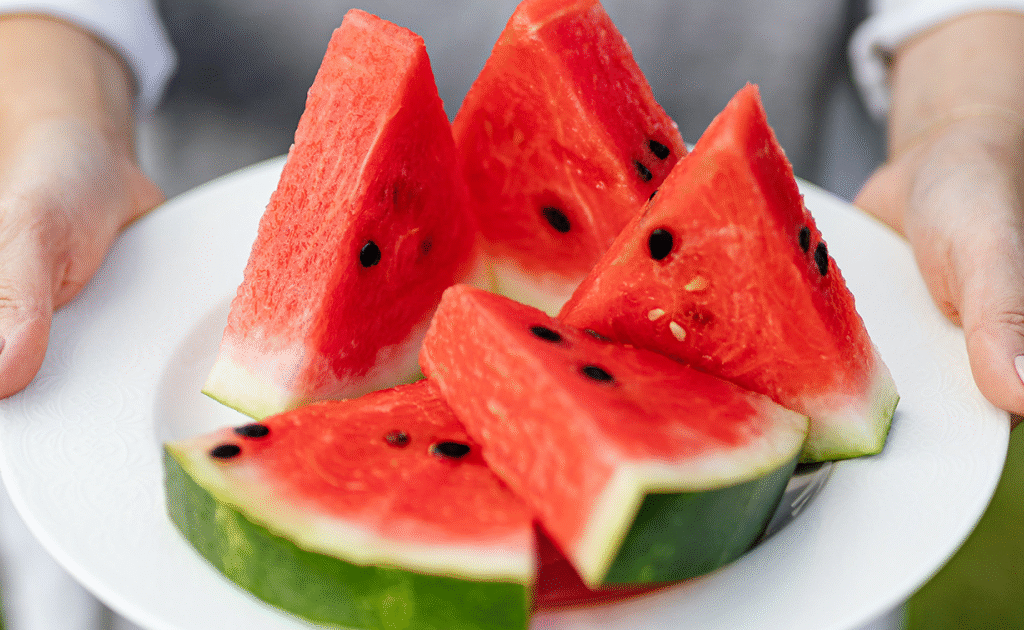
While Spain leads the world in watermelon exports, several other countries also play significant roles in the global market.
1. Mexico
- Mexico is the largest supplier of watermelon to the United States, its primary market.
- Thanks to its year-round growing conditions and proximity to North America, Mexico accounts for a major share of U.S. watermelon imports.
- States like Sonora and Jalisco are top producers.
2. Morocco
- Morocco has rapidly increased watermelon exports, especially to European markets.
- Regions like Zagora are famous for producing early-season watermelons that reach Europe before Spain’s peak season.
- Morocco benefits from lower production costs, giving it a competitive advantage.
3. Italy
- Italy exports watermelons mainly within Europe, with Germany being a top destination.
- Italian varieties are known for their flavor and large size, though export volumes are smaller than Spain’s.
4. United States
- While the U.S. is a massive watermelon consumer, it also exports significant quantities, particularly to Canada.
- States like Florida, Georgia, and Texas are major watermelon-producing hubs.
5. Greece and Turkey
- Both countries contribute notably to the European watermelon trade.
- Turkey exports to Russia and Eastern Europe, while Greece supplies Balkan and Mediterranean markets.
Global Demand for Watermelon
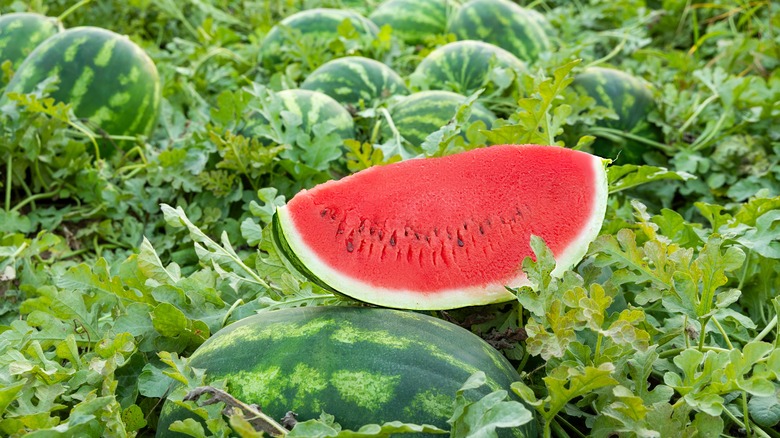
The demand for watermelon continues to grow worldwide, driven by several factors:
- Health Benefits
- Watermelon is low in calories, hydrating, and rich in vitamins A and C.
- It contains lycopene, a powerful antioxidant linked to heart health and reduced cancer risk.
- Versatility
- Consumed fresh, juiced, or in salads, watermelon’s versatility boosts its global appeal.
- Rising Popularity of Fresh Produce
- Health-conscious consumers are increasingly choosing fresh fruits, making watermelon a summer staple in many countries.
- Expanding Markets
- Demand is rising in regions like the Middle East, North America, and Asia, further fueling international trade.
Challenges in the Watermelon Export Industry
Despite its popularity, the watermelon export market faces several challenges:
- Climate Change
- Droughts, heatwaves, and unpredictable weather patterns can reduce yields and affect quality.
- High Water Requirements
- Watermelons require large amounts of water, creating sustainability concerns in arid regions.
- Competition
- Emerging exporters like Morocco and Turkey are challenging Spain’s dominance by offering cheaper prices and earlier harvests.
- Perishability
- Watermelons are delicate fruits with high water content, making them prone to damage during transport. Maintaining cold chain systems is crucial.
The Future of Global Watermelon Exports
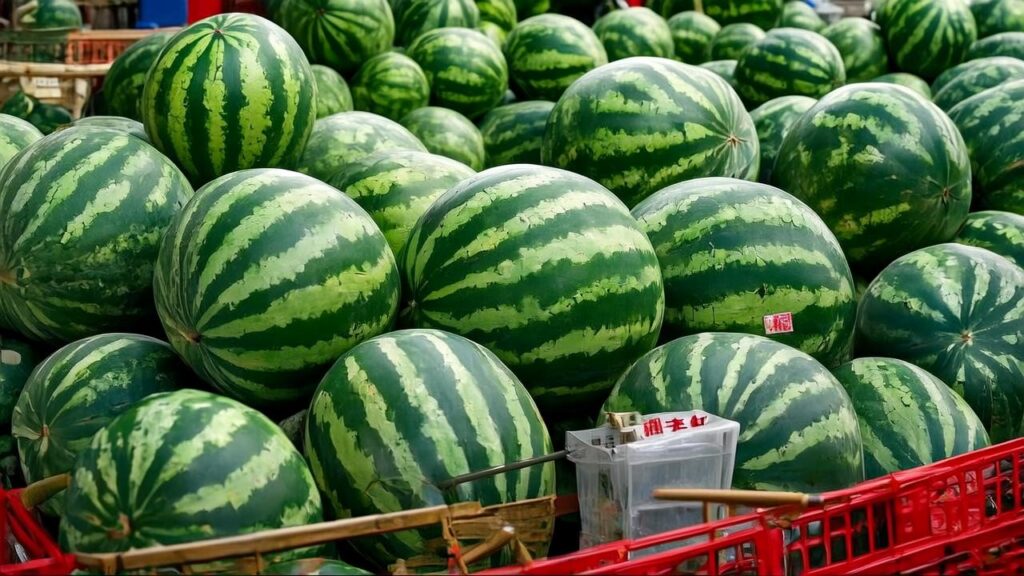
Looking ahead, Spain is likely to maintain its top position as the world’s leading watermelon exporter, but competition is intensifying.
- Sustainability Practices: Countries are increasingly focusing on sustainable farming practices, including water-efficient irrigation and eco-friendly packaging.
- Market Diversification: Exporters are expanding into new markets in Asia and the Middle East to reduce dependence on Europe.
- Technological Advancements: Improved seed varieties, better storage solutions, and precision farming will boost production and extend shelf life.
Conclusion
So, which country leads as the world’s top watermelon exporter? The answer is Spain, a nation that has perfected the art of growing, packaging, and distributing this refreshing fruit to international markets. With its strategic location, advanced agricultural practices, and strong export infrastructure, Spain has established itself as the global powerhouse of watermelon exports.
While countries like Mexico, Morocco, Italy, and Turkey are important players in the global trade, none match Spain’s consistency, scale, and market reach. As consumer demand for fresh, healthy fruits continues to rise worldwide, Spain will likely remain at the forefront of the watermelon export industry for years to come.
